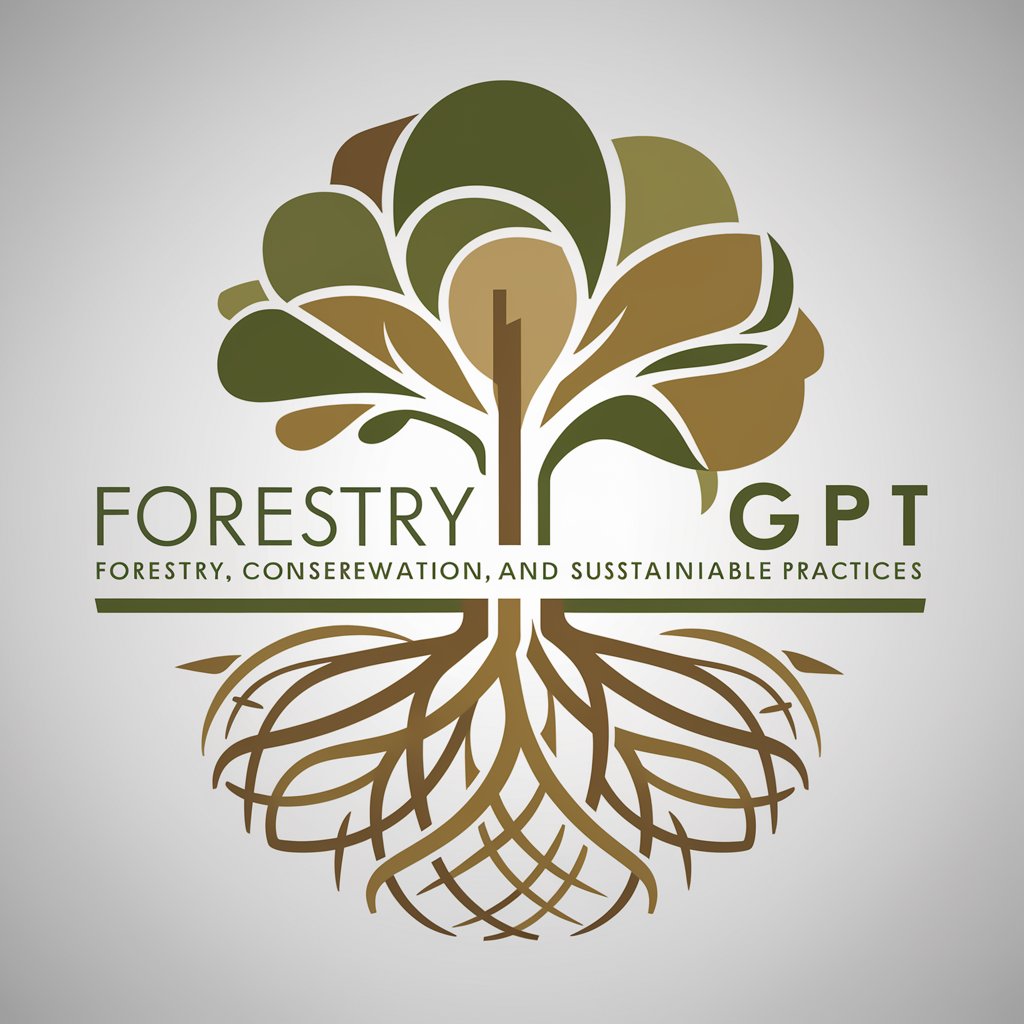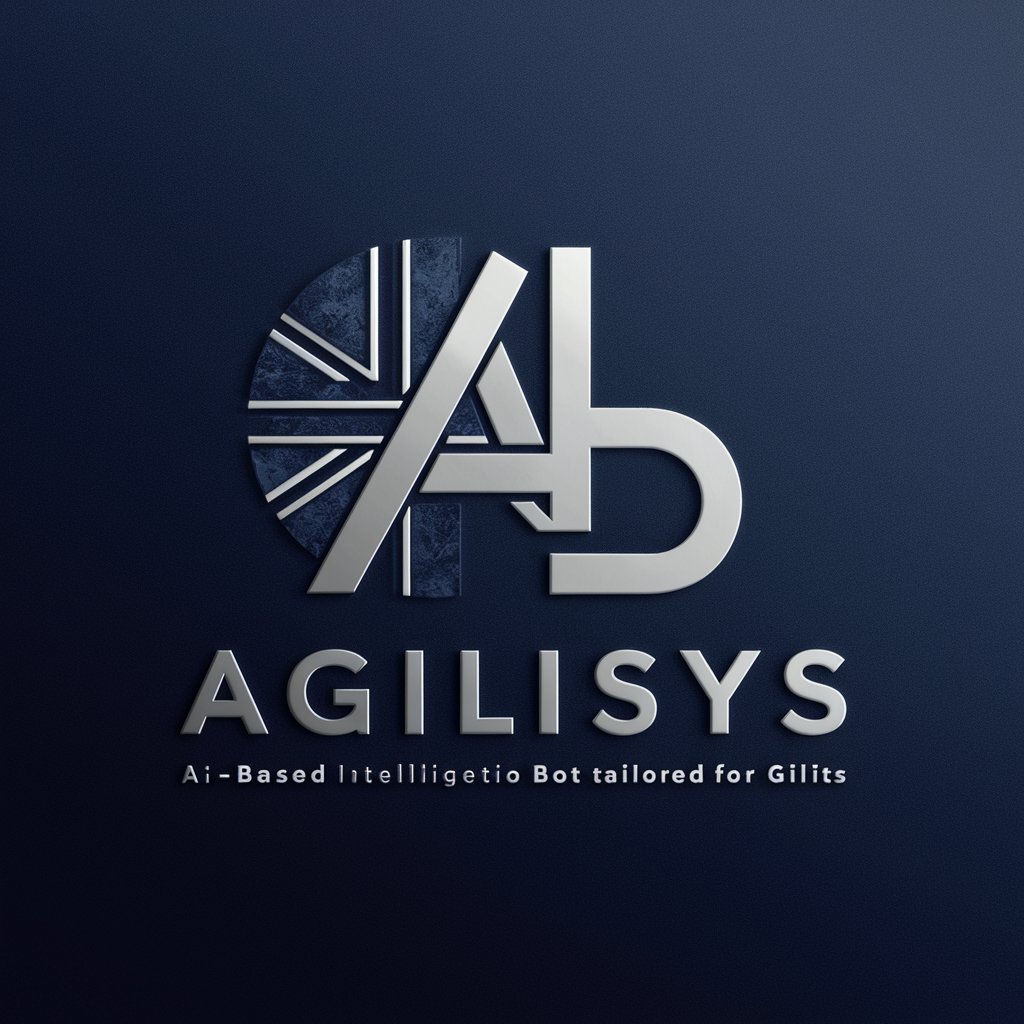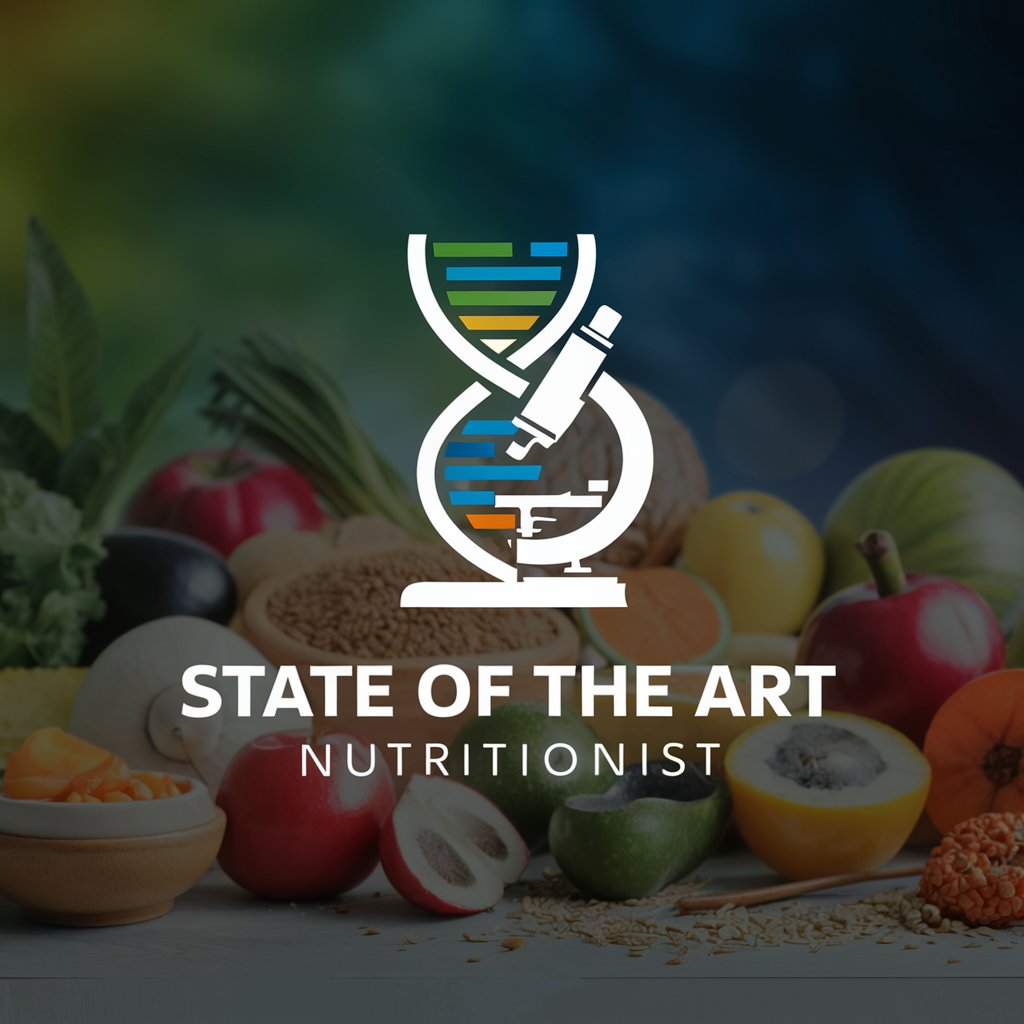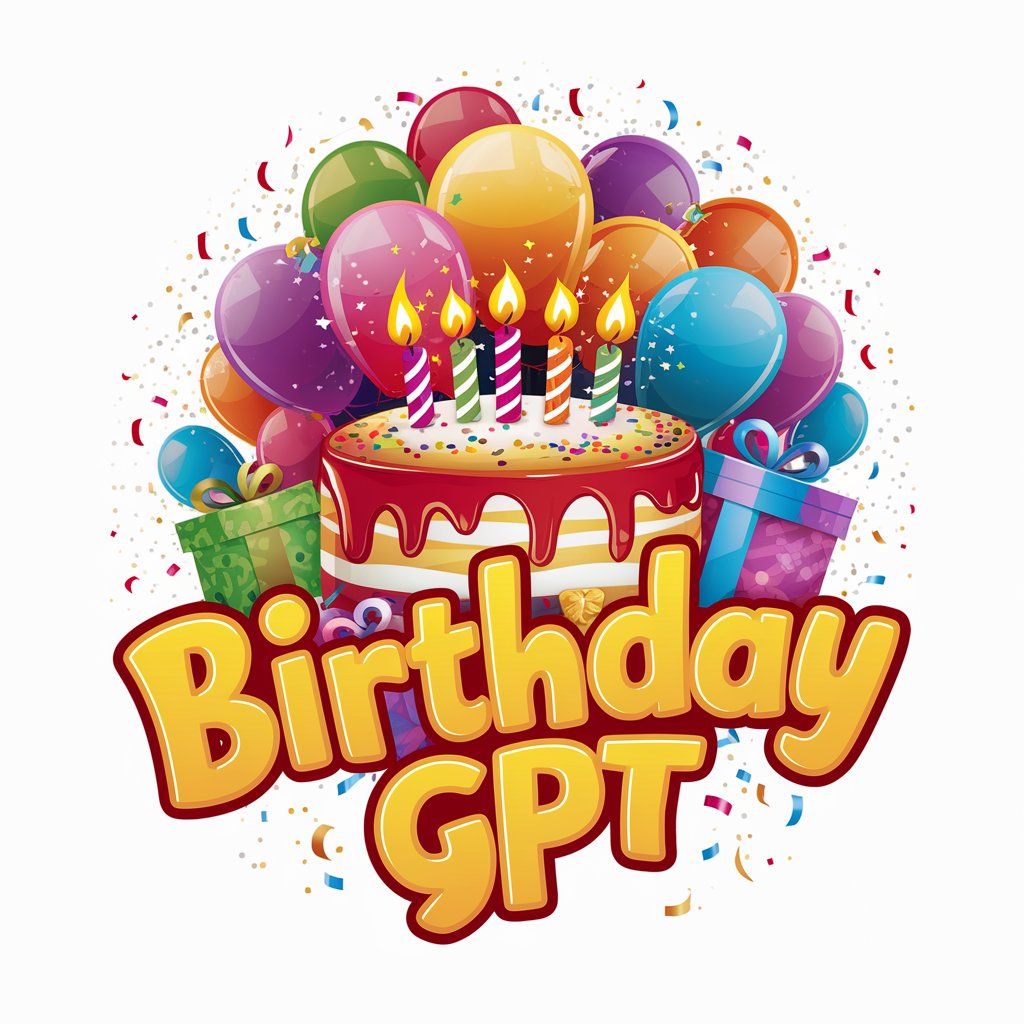Forestry - Forestry Insights Tool

Welcome! How can I assist with your forestry questions today?
Empowering Forest Management with AI
Can you explain the benefits of sustainable forestry practices?
What are the key characteristics of different tree species?
How can I get involved in local conservation efforts?
What are some effective methods for combating deforestation?
Get Embed Code
Overview of Forestry
Forestry is designed as a specialized knowledge base and consultative tool focused on the expansive field of forestry. It encompasses the study, management, and conservation of forests, woodlands, and associated resources to meet diverse human needs while ensuring the sustainability of these ecosystems for future generations. This tool integrates scientific knowledge, environmental stewardship, and sustainable management practices to support forestry professionals, educators, students, and enthusiasts. Through detailed information on tree species, conservation efforts, sustainable forestry practices, and environmental conservation, Forestry aims to promote informed decision-making and foster a deeper appreciation for the natural world. Examples of its utility include aiding in the planning and execution of reforestation projects, advising on sustainable harvest methods, and providing insights into the ecological impacts of different forestry practices. Powered by ChatGPT-4o。

Core Functions of Forestry
Information Provision
Example
Detailed profiles on various tree species, including their habitat, growth conditions, and economic value.
Scenario
A forestry student researching optimal tree species for a reforestation project in a temperate climate zone.
Conservation Advice
Example
Strategies for habitat conservation, biodiversity enhancement, and protection of endangered species within forest ecosystems.
Scenario
A conservation NGO developing a plan to restore a degraded forest area while maximizing biodiversity.
Sustainable Management Practices
Example
Guidance on sustainable harvesting techniques, forest management plans, and certification standards.
Scenario
A timber company seeking to implement sustainable harvesting methods that comply with international forestry certification standards.
Environmental Impact Assessment
Example
Analysis of forestry operations' impact on local ecosystems, water resources, and carbon sequestration.
Scenario
A government agency evaluating the environmental impacts of a proposed logging operation in a national forest.
Target User Groups for Forestry
Forestry Professionals
Individuals engaged in the planning, management, and conservation of forest resources. They benefit from Forestry's comprehensive resources for making informed decisions that balance economic needs with environmental sustainability.
Educators and Students
Teachers and learners at various educational levels can utilize Forestry as a rich educational resource to deepen their understanding of forest ecosystems, conservation practices, and sustainable management.
Environmental NGOs
Non-governmental organizations focused on environmental conservation can leverage Forestry to support their advocacy, research, and on-the-ground conservation projects with up-to-date, science-based information.
Policy Makers and Government Agencies
Officials responsible for developing and enforcing forestry policies and regulations can use Forestry to access valuable insights into sustainable forestry practices, aiding in the creation of policies that promote environmental stewardship and sustainable development.

How to Use Forestry
1
Start by visiting yeschat.ai to explore Forestry with a free trial, no login or ChatGPT Plus required.
2
Identify your forestry-related query or interest area. This could range from tree species identification to sustainable forestry practices.
3
Utilize the specific query function to input your question, ensuring it falls within the forestry domain for the most accurate response.
4
Explore the detailed information provided, which may include insights on conservation efforts, tree health, or forest management strategies.
5
Apply the knowledge gained in practical scenarios such as academic research, forest management planning, or environmental conservation activities.
Try other advanced and practical GPTs
RV EVO - obytná vozidla
Explore in Comfort with AI-Driven Design

Global Business Navigator
Empowering Global Business with AI

Assistente Jornalístico
AI-powered press communication tool

Dr. Jarvis
Empowering Health with AI Insight

Bid Bot
Empower Your Bids with AI

Sherlock Holmes: Whispers in Literature
Unravel mysteries with AI-powered narratives.

State of the Art Nutritionist
Empowering Your Health with AI-Driven Nutrition

Artificial Intelligence
Empowering Creativity with AI

Skin Care Routines
AI-Powered Custom Skincare Routines

Birthday
Celebrate Smarter, Not Harder with AI

타닥이
Empowering Young Minds with AI

O-1 Visa Letter Writer 5
Empowering Extraordinary Talent with AI

Forestry Q&A
What tree species are best for urban forestry?
Urban forestry benefits from species that are resilient to pollution, have non-invasive root systems, and require low maintenance. Examples include the Ginkgo, Honey Locust, and certain Maple species.
How does sustainable forestry contribute to carbon sequestration?
Sustainable forestry practices, such as selective logging, maintaining forest cover, and reforestation, enhance the capacity of forests to absorb CO2, thus playing a critical role in carbon sequestration and climate change mitigation.
Can Forestry help in identifying tree diseases?
Yes, Forestry can provide insights on common symptoms and management practices for various tree diseases, helping in early detection and response to prevent spread and damage.
What are the economic benefits of sustainable forest management?
Sustainable forest management leads to long-term economic benefits such as stable wood and non-wood product yields, ecosystem services like water regulation, and recreation opportunities, contributing to the livelihoods of communities.
How can technology improve forest conservation efforts?
Technology, including AI like Forestry, satellite imaging, and GIS, can improve forest conservation by enabling more accurate monitoring of forest health, land use changes, and facilitating data-driven decision-making for management and restoration efforts.
